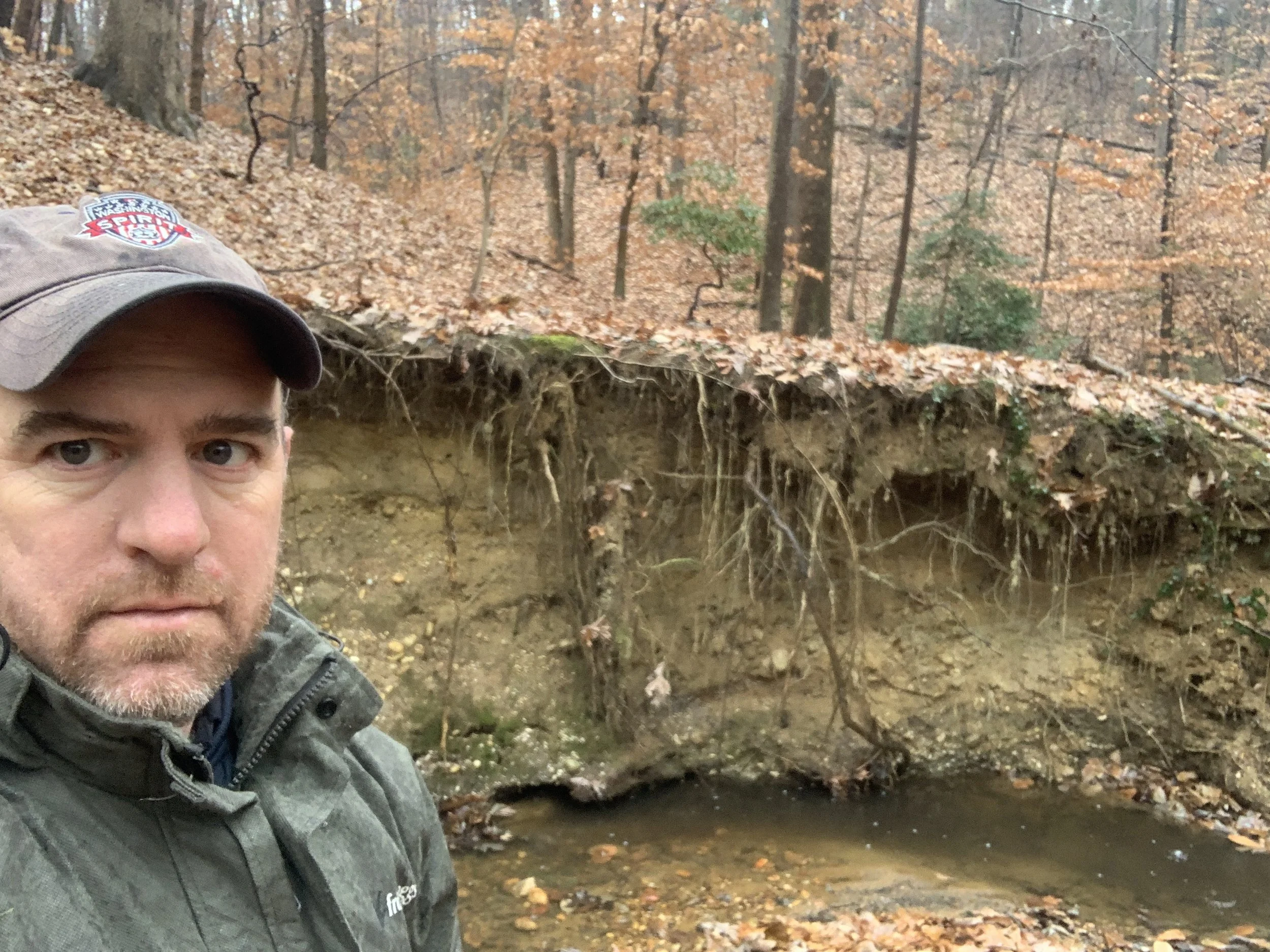Oxon Run – Evaluating Complex Design Decisions
Josh Burch
DOEE
Washington DC
Jeremy Koser, JMT
Hunt Valley, MD
The Oxon Run Stream and Master Park Plan project aims to restore the stream that flows through the Project area, thereby reducing flood risk, protecting infrastructure, restoring natural hydrology, preventing erosion, reducing stormwater pollution, and enhancing and creating wildlife habitat. Currently, 1.5 miles of the stream is in a concrete trapezoidal channel that runs through a recreational urban park with adjacent homes within the 100-year floodplain. Partners desire innovative designs that will create a naturalized stream channel, minimize impacts to tree canopy, reduce risk to structures within the 100-year floodplain, and develop a plan that guides park uses and development for generations to come.
This project must address and find workable solutions from competing interests ranging from ideas on park space uses, public safety, sewer infrastructure conditions and locations, roadway crossing, trails, trees, wetlands, fish passage, and more. In addition to partner agency coordination, the key outreach & engagement component to this project is with the public at-large, specifically neighbors living near the park.
Given all of the various goals and objectives and key stakeholders involved in this project, it was paramount for DOEE to first thoroughly characterize the site conditions through several studies including natural resource and infrastructure inventories, aquatic biology, detailed and advanced geomorphic assessments, flood analysis and community input on past and present park utilization. Project priorities were then identified, including Public Safety, Human Uses, Forest Resources, Aquatic Life and Aesthetics, to assess how the various goals and objectives could be met for the project through a wide range of conceptual design interventions. Each alternative considered was numerically scored to objectively assess challenges and opportunities. This Decision Matrix was used to select two distinct alternatives to move to the Preliminary Design stage.
This presentation will cover the approach to project planning and the initial design phases for this complex large-scale 3-mile urban Stream Restoration and Park Master Plan project located within Oxon Run Park for a historically underserved community in the District of Columbia. Highlights will include goal setting, studies conducted and why and making difficult design decisions.
About Josh Burch
Josh Burch manages stream restoration projects for the District Department of Energy & Environment (DOEE). Josh has held this position since 2009, and has managed the construction of over 15,000ft of urban stream and has over 40,000ft of projects currently under designs. When not at DOEE Josh is usually taking his children to soccer games, fishing, or rambling on to anyone who will listen about why D.C. should be a state.
About Jeremy Koser
Coming Soon


